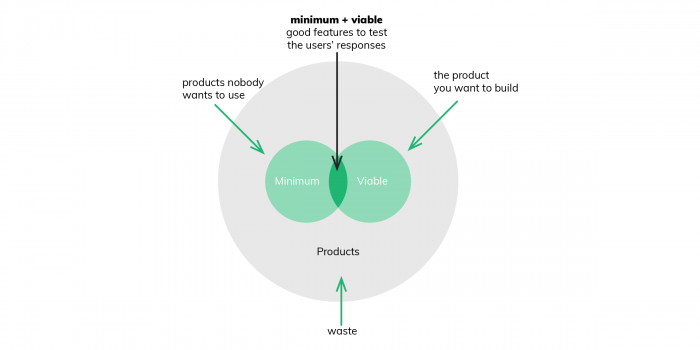Usually, we don’t know whether something is meant for us unless we try it. Entering photo products business seems like a big leap to make. But there is a way of approaching this idea slowly and with caution. You can test it out using the Minimum Viable Product concept, as was suggested during one of our online events. In case you missed the event – here’s a summary.
When should you consider doing this?
If you are already running an online store, you can add a new product category to your offering. You don’t need to buy expensive printing machines, the production part can be outsourced. Your task is to concentrate mainly on digital marketing and customer support, and as you are experienced with e-commerce, you should be able to handle those areas well.
There is another rationale: expressing interest in entering the photo products market (for example because you are running a printing house) but without being fully committed to making a major investment before you understand the B2C market properly.
Testing a new software provider by existing players who know the photo products market very well is the third potential reason.
What is a Minimum Viable Product?
MVP is a product with just enough features to answer the market demand. During the development process, feedback is collected to improve the product further.

The MVP is the intersection of two sets: Minimum (a prototype nobody wants to use) and Viable (a fully-fledged product you want to build) which offers great insight into how users respond to your development activities.
Why startups, online stores (Zappos started from an MVP), and big enterprises use this idea for testing new products, markets, and target audiences? Because they can introduce a product at a relatively low operational cost, verify their business assumptions, constantly improve the product, all of that whilst making money.
Photo products online store MVP
As the word “minimum” suggests, the store won’t offer a wide array of product types. It is recommended to concentrate only on one product or a group of products and dedicate the store to only one target group.
Family products as a great category for market entry
Family is a universal value in every culture. Especially now in these difficult times as people spend more time with their loved ones and are more emotional. More attention is paid to the quality of family life. More and more creativity is needed to organize fun activities because the appeal of old ones wore off quickly and this will hold true in the post-COVID world as well.
Here are examples of custom family photo products:
- personalized photo cards
- puzzles with family photos
- personalized board games
- personalized cooking books
- family tree books
What to consider before the start
All good things start with a plan. It is advised to define your market and find a niche. Your production capabilities must be reckoned with (no matter if you want to outsource the printing side of the business or not). Set your target audience (families with children in the 5-12 age bracket in our case) and think carefully about your competitive edge (pricing? beautiful templates? best-in-class photo product editors?).
If all the above is well thought out, it’s time to turn attention to marketing strategy. You are about to open an online store, the products won’t sell unless people actually know about them. Behind every online presence, there should be a brand with a distinct brand experience (in our case – it may be playful and exuberant). Marketing budget needs to be set, yes, even an MVP needs a bit of money as its fuel. And there’s one more crucial aspect – B2C marketing skills. If you don’t have B2C marketing talent on board, hiring a marketing agency seems like a very good idea.
This is not a typical e-commerce business – items you will be selling need to be produced after the orders are placed. There is a decision to be made here – either to print in-house or to outsource this process.
The delivery expectations are virtually the same no matter what you sell online. Delivery must be safe and fast. You can outsource this process as well, it works best to use the same services your production partner does.
But being able to print (in-house or via outsourcing) and to deliver is not enough, you’ll need a different kind of technology as well.
What to look for when choosing photo products software?
- the right software can give you a competitive edge on the market
- the editor should match your products and be easy to use
- smooth customer journey is crucial – your conversion rate depends on it
- choose a solution with hosting and maintenance – hiring IT support is expensive
- a built-in e-commerce platform will help you start with your store faster
- don’t forget about your mobile users – choose RWD solutions
- remember that this is a test – think about scalability!
Set Key Performance Indicators
At some point evaluation of MVP needs to be made and it can’t be based on intuition. There is no fixed set of KPIs here because they depend on who and why decided to enter the photo products business in the first place or whether it’s just a test of a new software provider. But you need to have some goals that you will be striving to achieve when developing your product.
Enjoy creating your photo products MVP!




